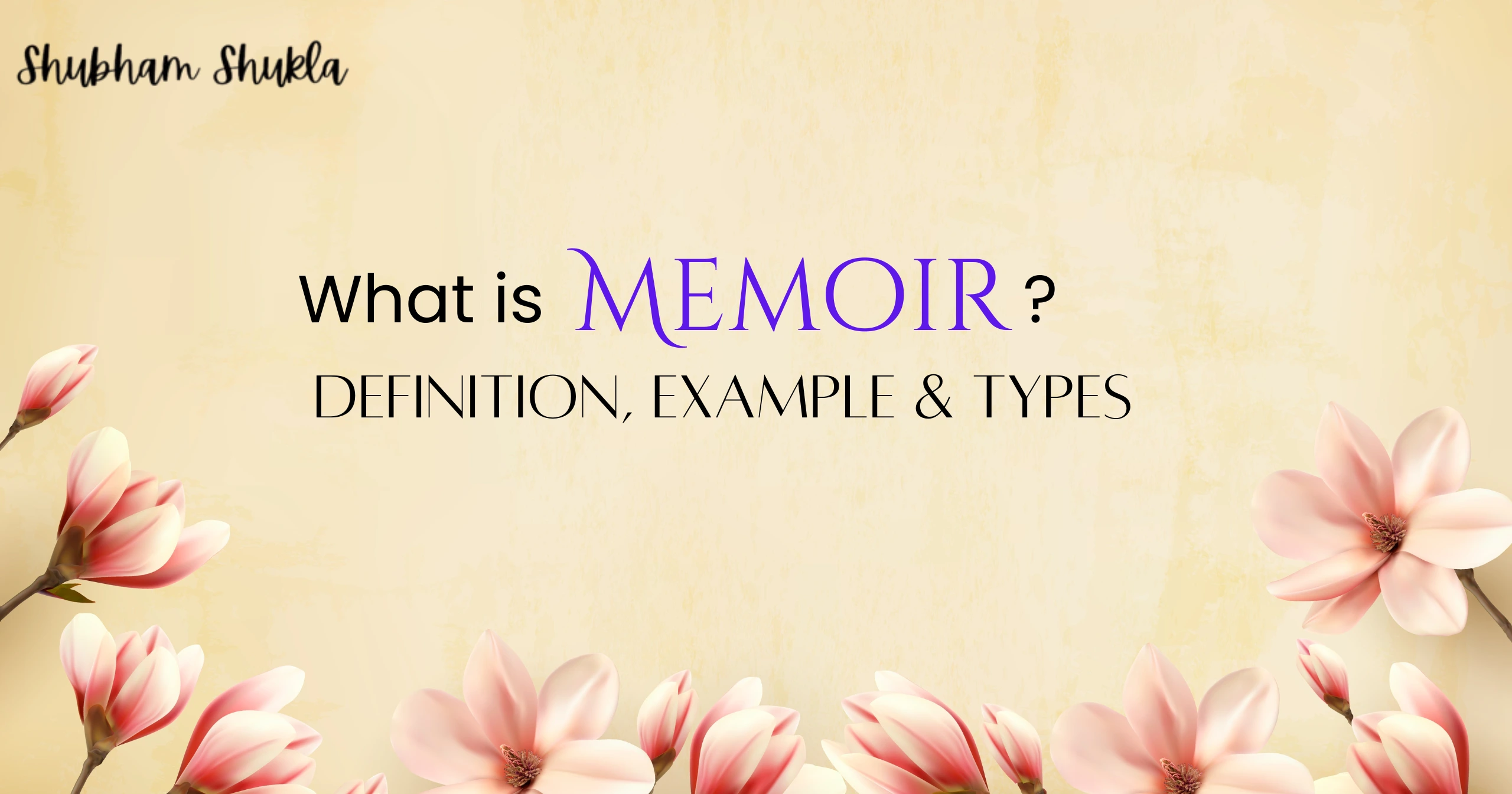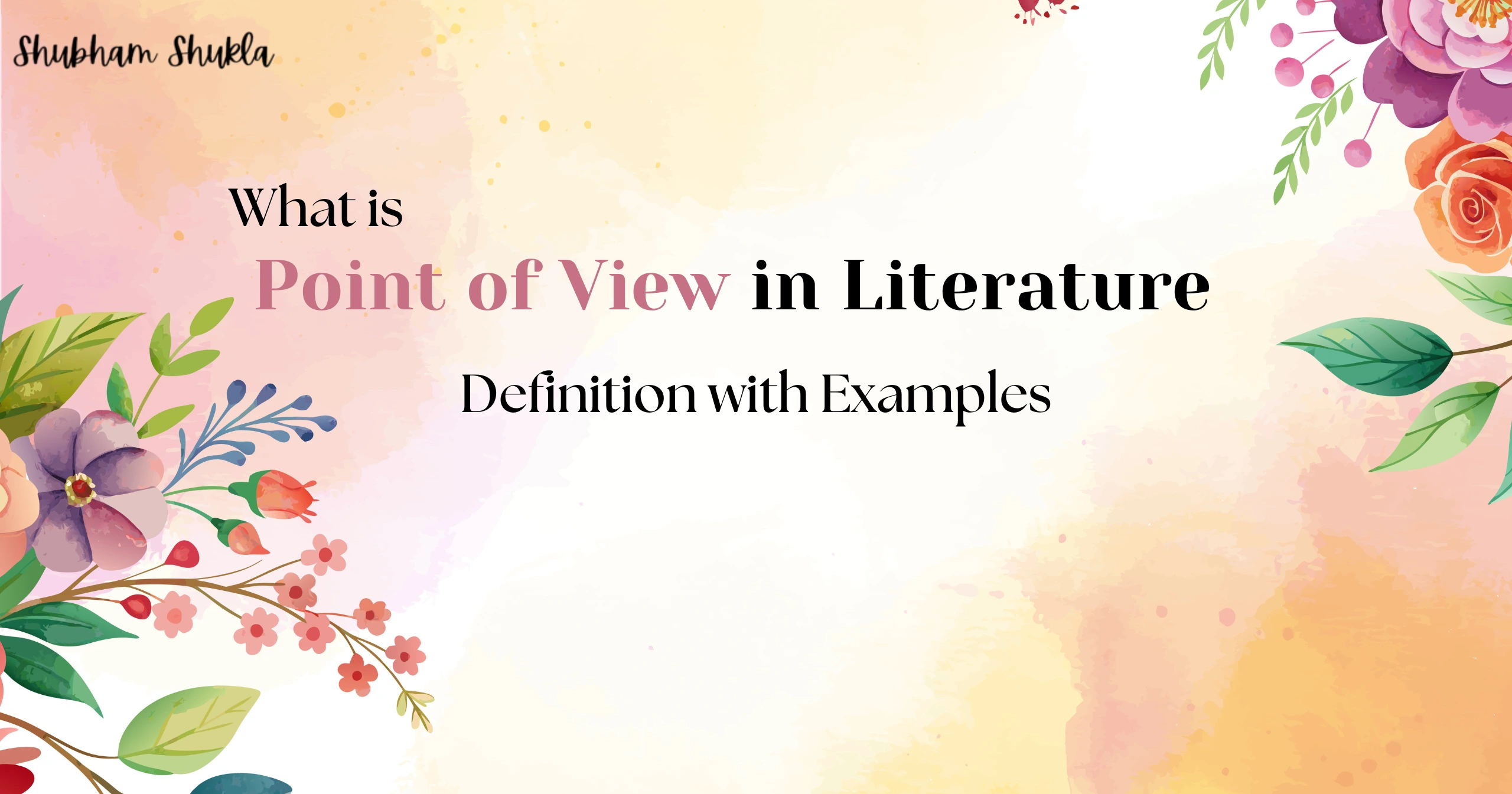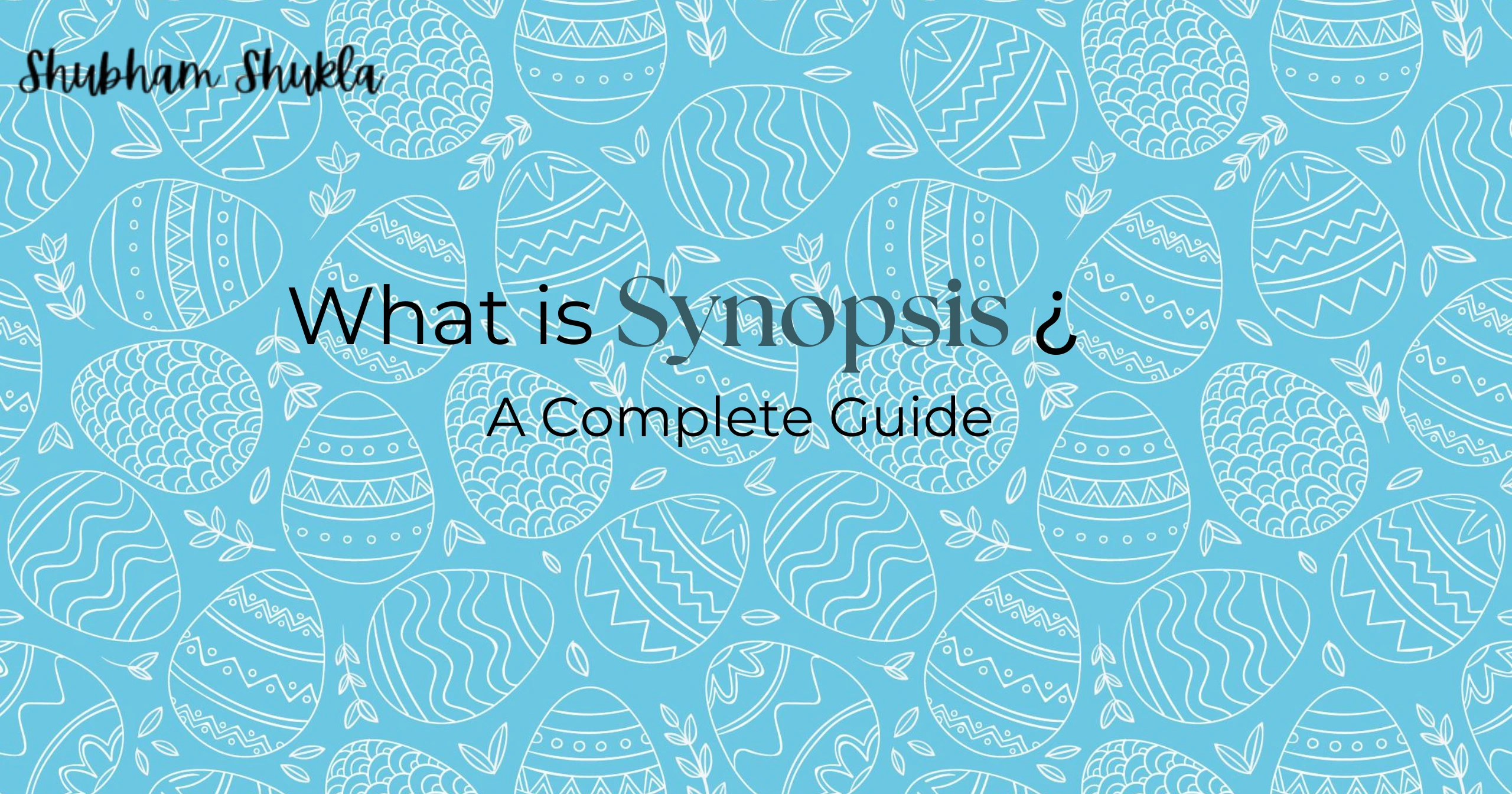Memoirs allow readers to dive into the author’s personal experiences and reflections, as well as to capture life’s most engaging moments. We will examine the fundamentals of memoirs, differentiate them from biographies, as well as their aim and distinguishing traits, in this extensive guide.
Whether you’re considering writing your memoir or simply seeking a deeper understanding of this genre, let’s embark on a journey to unravel the intricacies of memoirs.
What is the definition of a memoir?
At its core, a memoir is a form of autobiographical writing that delves into the memories, emotions, and experiences of the author. Unlike an autobiography that spans an entire lifetime, a memoir typically focuses on a specific period or theme. Through introspection and vivid storytelling, memoirists provide readers with a window into their lives, offering unique insights into their personal growth, challenges, triumphs, and transformation.
You may also read: The Impact of Literary Book on Culture and Society
Memoir vs. Biography
Although both memoirs and biographies explore the lives of specific people, their approaches and scopes are different.
Memoir: A Symphony of Personal Emotions
In contrast, a memoir is a work of literature that sounds like the author’s own voice in a symphony. As the storyteller of their own story, the author assumes a central role rather than remaining an impartial observer. Authors are able to engage readers in conversation by incorporating personal reflections, sentiments, and intimate ideas into their work through the use of first-person narratives. Memoirs often focus on specific periods, subjects, or experiences in the writer’s life, offering a detailed analysis of these areas.
The emotional depth of memoirs is one of their defining characteristics. By sharing their innermost feelings, fears, and experiences, authors forge a close connection with readers who share their experiences. This degree of emotional transparency has the power to inspire compassion, empathy, and a feeling of our common humanity. Readers often find comfort in this.
Biography: A Panoramic Exploration of Lives
A biography, which covers a person’s entire life journey, is comparable to a panoramic view. Typically, a third-party biographer conducts extensive research before systematically compiling an in-depth biography. The biographer uses a range of historical records, interviews, and archival archives in an effort to fully document the subject’s life from the time of birth to the present. The subject’s major moments, setbacks, victories, and milestones are presented to readers in chronological order.
A biography can be identified by its unbiased and authoritative perspective. In order to present an objective account of the subject’s life, a biographer strives for objectivity and detachment. Although objectivity leads to a more thorough understanding, it might not have the same deep emotional resonance as a true experience and personal connection.
What is the purpose of a memoir?
Memoirs are more than just anecdotes; they have a deeper function that explores the core of interpersonal relationships. They serve as channels for similar experiences, offering readers comfort who recognize themselves in the author’s struggles and victories. Memoirs are meant to weave together a fabric of enlightenment and emotional connection by inspiring, educating, amusing, preserving cultural heritage, and fostering empathy.
You may also read: List of 10 Best Book Clubs in Indore for Book Readers
These first-person accounts offer consolation by emphasizing how similar struggles and triumphs may be. By highlighting their flaws, writers let readers identify with these emotions and give them comfort in the knowledge that they are not traveling alone. Memoirs motivate readers with their inspirational tales of tenacity. Writers share their stories of overcoming adversity to offer hope to others going through difficult times. The tales serve as a source of inspiration, illuminating the capacity for transformation that is inside each of us.
Traits of Memoirs:
Reflective Nature: Memoirs frequently include contemplation and introspection. In the process of reflecting on the relevance of their experiences, writers encourage readers to reflect on their own lives.
Narrative Arc: Memoirs have a beginning, middle, and end, just like fiction does. The narrative is made more coherent and engaging by this format.
Despite being extremely personal, memoirs frequently touch on universal themes like resilience, love, grief, and identity. Their broad appeal is partly attributed to their universality.
Universal Themes: Despite being extremely personal, memoirs frequently touch on universal themes like resilience, love, grief, and identity. Their broad appeal is partly attributed to their universality.
Subjective Perspective: Because memoirs are written from the author’s subjective point of view, they are by nature personal. Because of this authenticity, readers are able to deeply relate to the author’s feelings and ideas.
Focus on a Theme or a Period: Memoirs, in contrast to autobiographies, concentrate on a particular theme, occasion, or time period in the life of the writer. This targeted strategy enables a more thorough investigation of the selected topic.
You may also like: 10 Essential Type Characters in Literature (with Examples)
Types of Memoirs
Family Memoir: Family memoirs explore the complex web of dynamics and relationships within families. The pleasures and difficulties of family life are revealed by authors as they traverse the complexity of kinship, history, and shared experiences. The universal themes of love, loss, identity, and belonging explored in these stories often strike a chord with readers. Readers can see the complex strands that make up our lives through family memoirs.
Occupational Memoir: Occupational memoirs shed light on the writers’ hobbies or vocations, revealing unique facets of their professional lives. These narratives shed light on the challenges, successes, and personal development associated with their chosen careers. Readers obtain a behind-the-scenes look of different jobs, finding the intricacies and endurance necessary for success, from the devotion and trials to the moments of victory.
Healing Memoirs: A healing memoir shows the reader how to go from pain to wholeness by following the author on their journey through adversity. The emotional, physical, or psychological issues that were experienced are covered in great detail in these accounts, along with the steps that were taken to bring about healing and rejuvenation. As writers brave the dark and emerge into the light, offering hope and understanding to those navigating their own difficult journeys, readers witness resilience in action.
Travel Memoirs: These autobiographies take readers on engrossing journeys that blend firsthand knowledge with cultural immersion. The authors share their life-changing experiences from travelling through other nations, detailing how unexpected people, places, and cultures shaped their perspectives. These memoirs use vivid descriptions and thoughtful reflection to create a tapestry of self-discovery related to the wider world.
Coming-of-Age Memoirs: Memoirs on coming of age examine the author’s transformation from childhood to maturity. These autobiographies, which focus on the difficulties and lessons of puberty, highlight the struggles, growth, and self-realization encountered at this crucial period of life. As the author navigates the challenges of identity, relationships, and life transitions, readers follow along, capturing the universal essence of growing up.



